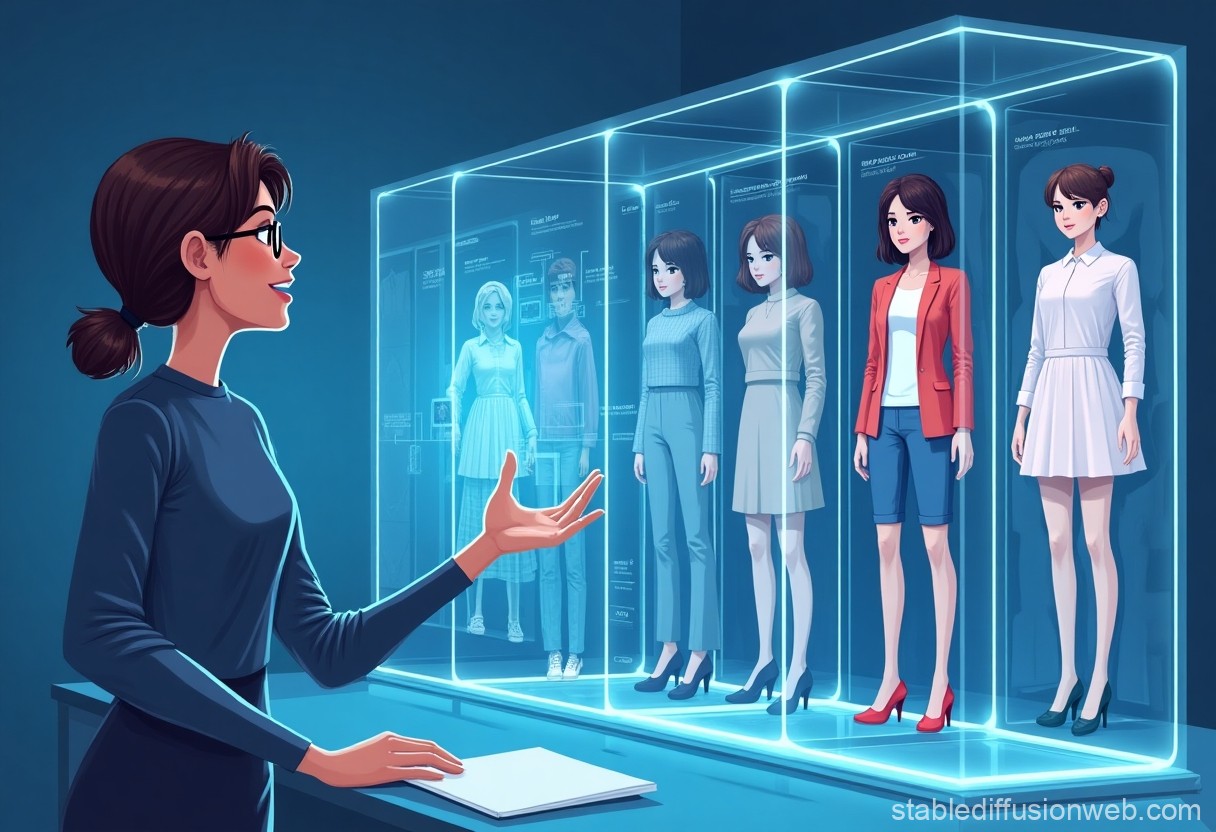Amazon is making a significant shift in its approach to online clothing shopping by retiring its “Try Before You Buy” program at the end of January. Instead, the retail giant is encouraging customers to rely on AI-powered tools to find their perfect fit virtually.
Launched in 2017 under the name Prime Wardrobe, the “Try Before You Buy” program allowed Prime members to select up to six items, try them on at home, and pay only for what they decided to keep, returning the rest. This approach provided a convenient way for shoppers to avoid the hassle of dressing rooms with harsh lighting. Despite its popularity, Amazon has decided to move in a different direction.
Amazon is confident that its AI tools can offer an even better shopping experience. These AI-driven solutions include virtual try-on features, personalized size recommendations, and improved size charts. The company suggests that customers can now get accurate sizing and styling suggestions without needing to order multiple sizes and return the extras.
In a statement, Amazon explained the decision: “Given the combination of ‘Try Before You Buy’ only scaling to a limited number of items and customers increasingly using our new AI-powered features like virtual try-on, personalized size recommendations, review highlights, and improved size charts to make sure they find the right fit, we’re phasing out the Try Before You Buy option.”
Amazon’s AI tools represent a new way of shopping for clothing online. The virtual try-on feature uses augmented reality to show how items such as shoes, glasses, and lipstick will look on a person without them having to leave their home. Additionally, Amazon’s personalized size recommendations analyze past purchases, return data, and customer feedback to predict the perfect size for each individual.
For those who prefer a more interactive experience, the Rufus AI chatbot is available to answer questions and provide personalized product suggestions based on shopping habits.
While the shift to AI-powered solutions offers greater convenience and efficiency, some shoppers may find it difficult to part with the physical experience of trying clothes at home. However, Amazon assures customers that its free return policy remains in place for most apparel purchases, allowing them to continue ordering multiple sizes if needed.
This move is not unique to Amazon. The retail industry is increasingly turning to AI and augmented reality to enhance the online shopping experience. Whether customers will fully embrace these technological advancements or long for the traditional try-on experience remains to be seen.


